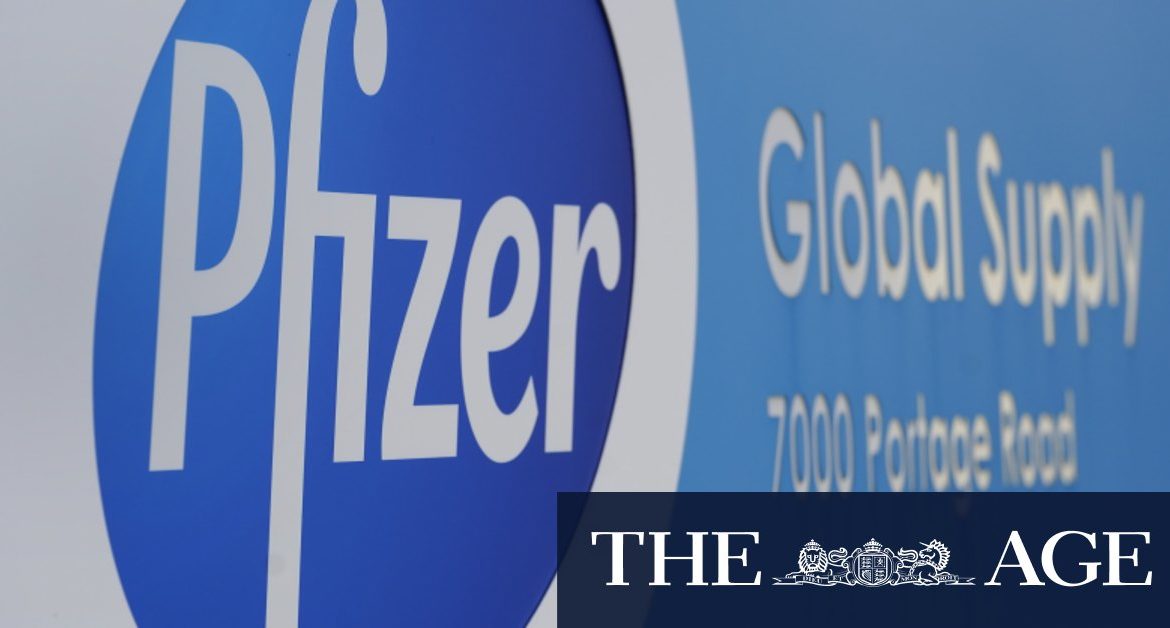Pfizer’s 40 million doses — for a vaccine requiring two doses — are a tiny sliver of what’s needed for COVAX, which aims to vaccinate billions of people in 92 low- and middle-income countries.
During Friday’s news conference, Tedros said Pfizer’s commitment and about 150 million doses of the vaccine developed by AstraZeneca and Oxford University could enable COVAX to begin delivering doses in February, pending finalisation of a supply agreement with Pfizer and emergency use approval for AstraZeneca’s vaccine. He said the global program is on track to deliver by year’s end 2 billion doses of vaccines previously pledged by AstraZeneca and other vaccine producers.
Loading
New York-based Pfizer had not previously committed to providing its COVID-19 vaccine to poor countries without making a profit during the pandemic, as a couple rivals have.
However, Pfizer and Germany’s BioNTech said they would provide their vaccine to COVAX at an undisclosed “not-for-profit price.” The companies still must execute a supply agreement covering distribution, but the doses are to be delivered throughout 2021, starting in February.
“Today, we are proud to have this opportunity to provide doses that will support COVAX efforts toward vaccinating healthcare workers at high risk of exposure in developing countries and other vulnerable … populations,” Pfizer Chief Executive Officer Albert Bourla said.
Dr Seth Berkley, CEO of GAVI, the Vaccine Alliance, which is leading procurement and delivery of vaccines for COVAX, called the deal “a major step forward for equitable access to vaccines.”
Pfizer and BioNTech said they would also help health systems handle the vaccine, which requires ultracold storage.
Many public health officials have expressed scepticism that the Pfizer vaccine could be successfully kept so cold across the globe. Pfizer has been shipping the shots in special containers with dry ice, but even in the US some doses have been thrown out because they weren’t kept at the proper temperature.
Pfizer has said it’s been ramping up production and expects to be able to make 2 billion doses in 2021, up from its earlier forecast of 1.3 billion doses. That long-term goal comes with a short-term cost: The company is slowing production at its Belgium factory while it makes changes needed to boost production.
AP
Most Viewed in World
Loading







